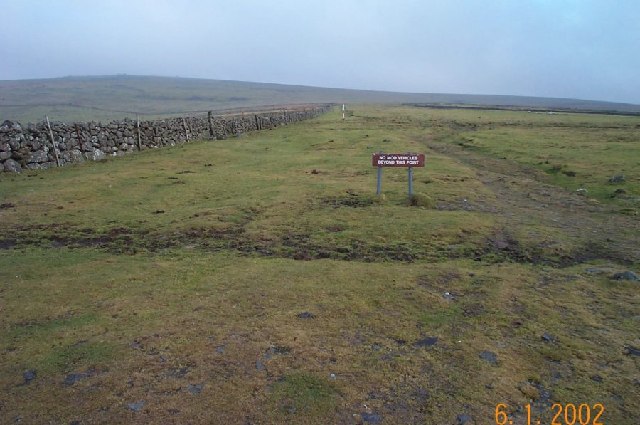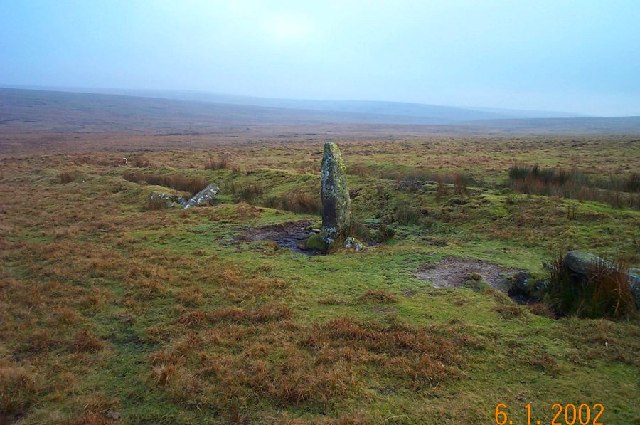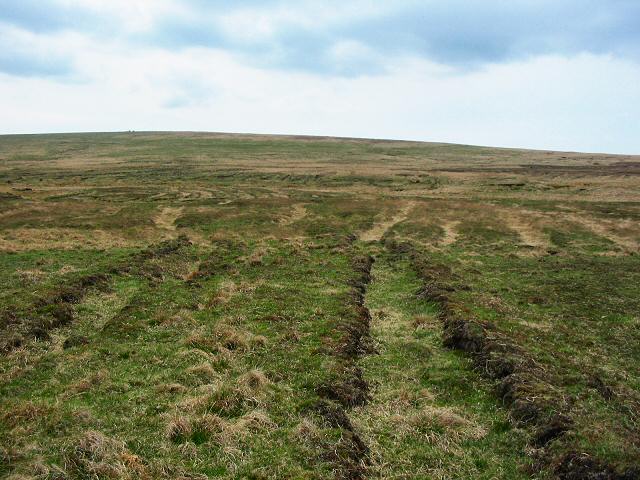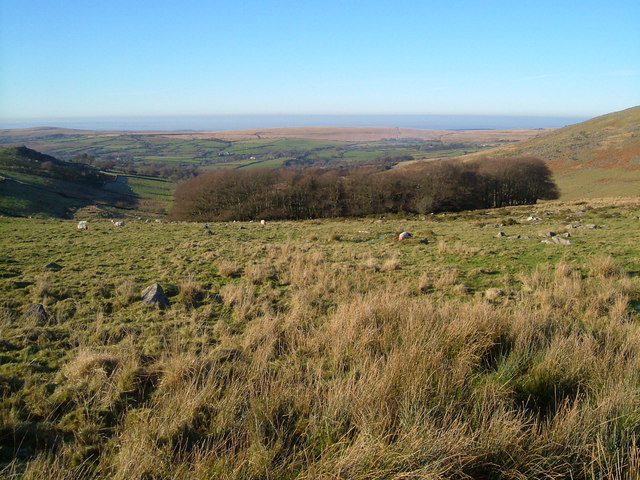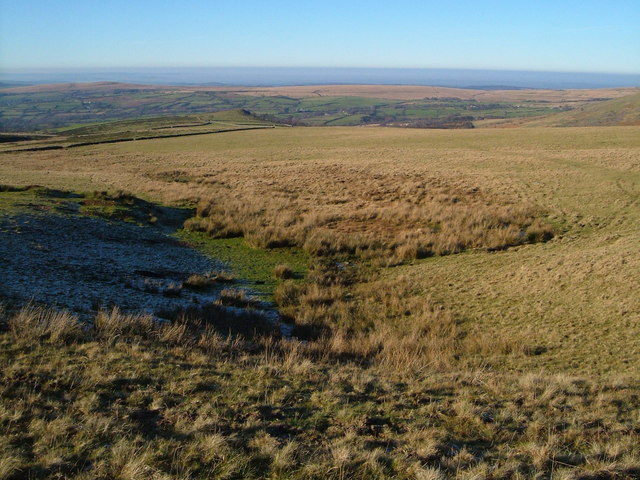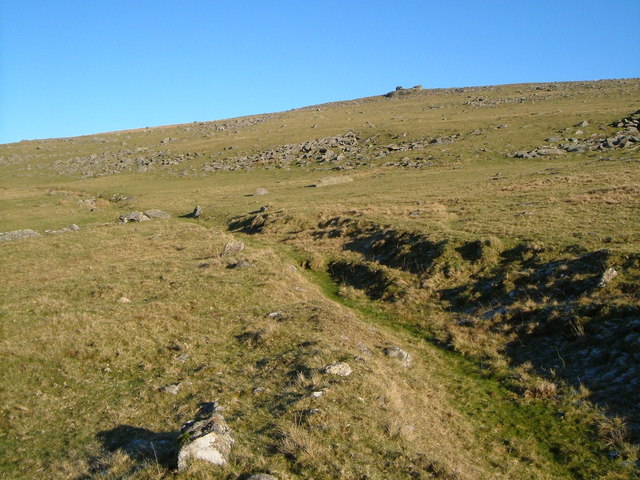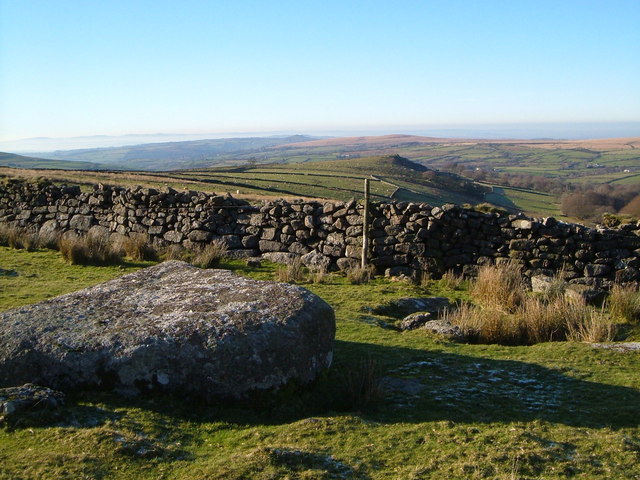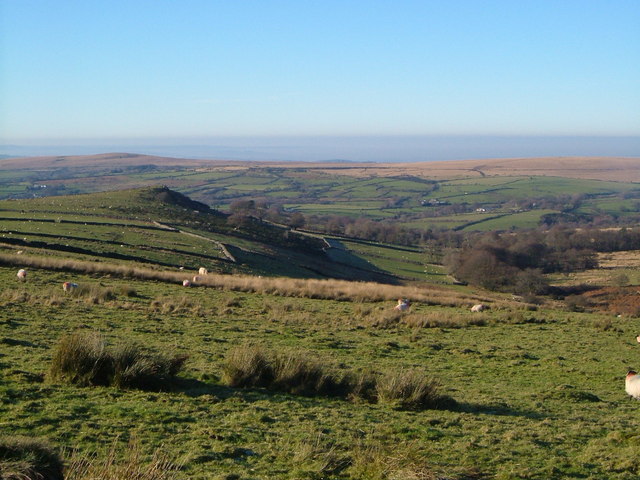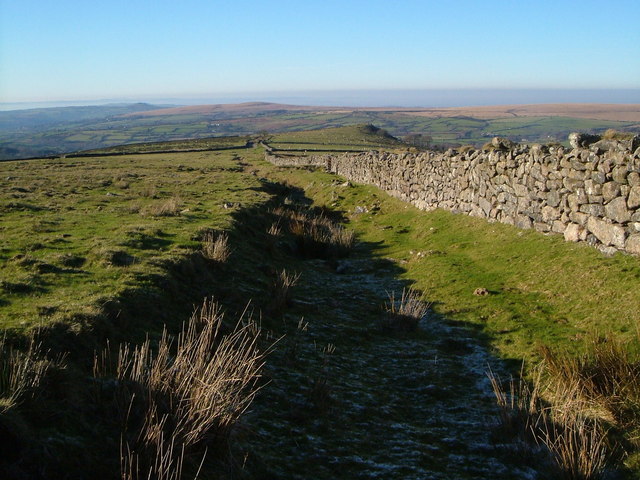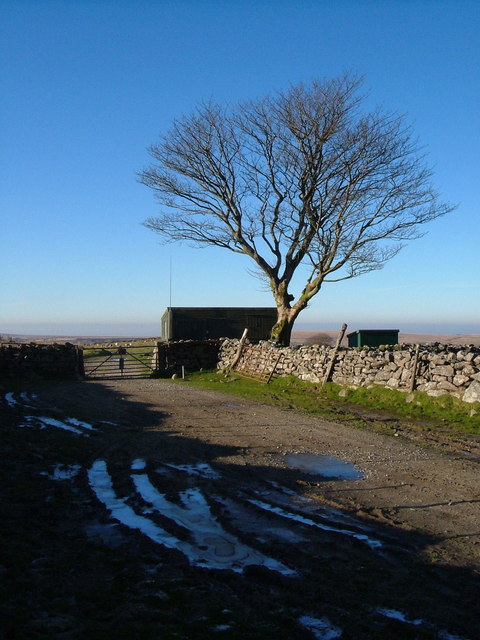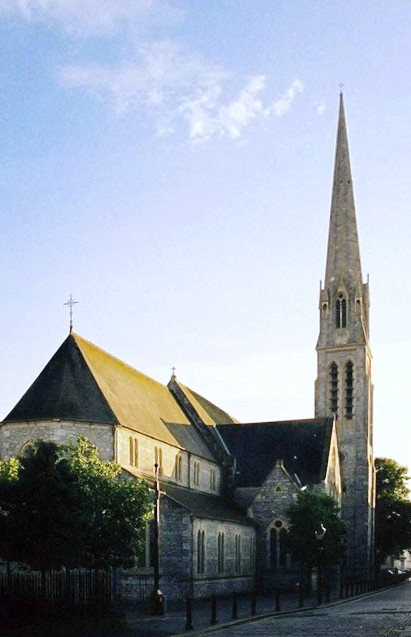White Barrow
Heritage Site in Devon
England
White Barrow
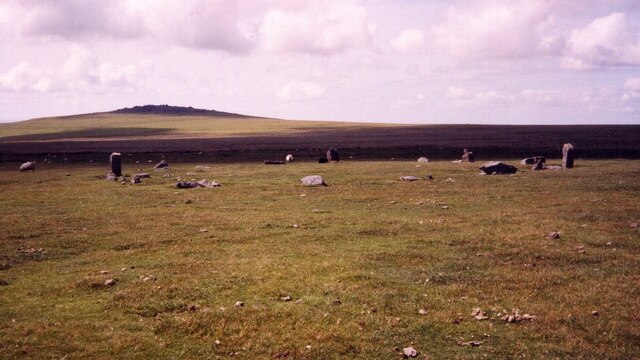
White Barrow is a prehistoric heritage site located in Devon, England. It is situated on a hilltop within the Dartmoor National Park, approximately 5 miles west of the town of Ashburton. The site is known for its well-preserved Neolithic burial mound, which dates back to around 3500 BC.
The burial mound, or barrow, at White Barrow is a circular earthwork, approximately 38 meters in diameter and 5 meters in height. It is surrounded by a ditch, which was likely used for ceremonial purposes. The central chamber of the barrow, where the burials took place, has unfortunately collapsed over time, but archaeologists have discovered fragments of pottery and tools within the mound.
The site is believed to have been used for multiple burials over several centuries, making it a significant archaeological find. It provides valuable insights into the burial practices and beliefs of the Neolithic people who inhabited the area.
White Barrow is easily accessible to the public, and visitors can explore the site and its surroundings. The hilltop location offers panoramic views of the surrounding countryside, adding to the overall experience. Interpretive signs and information boards provide historical context and details about the site.
As a designated heritage site, White Barrow is protected by law, and any excavations or modifications require permission from the relevant authorities. It is an important cultural and historical landmark, attracting visitors and researchers interested in the region's prehistoric past.
If you have any feedback on the listing, please let us know in the comments section below.
White Barrow Images
Images are sourced within 2km of 50.597/-4.028 or Grid Reference SX5679. Thanks to Geograph Open Source API. All images are credited.
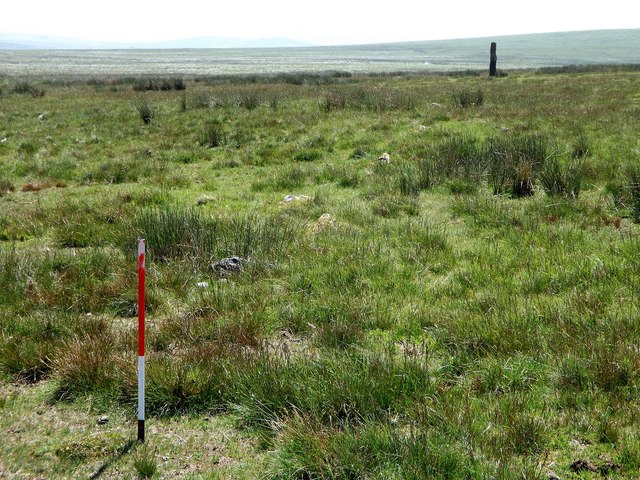
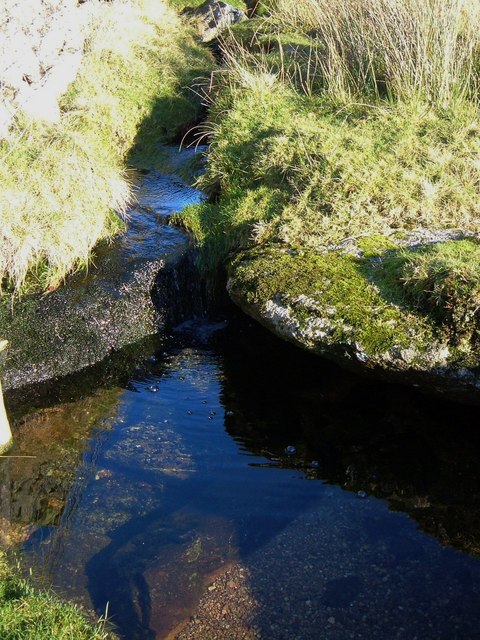
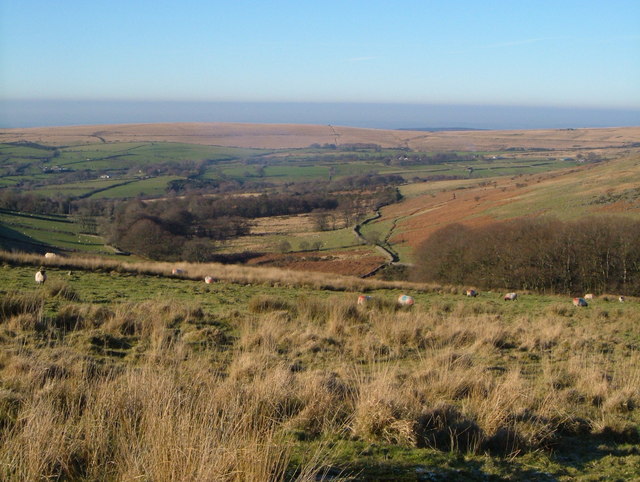
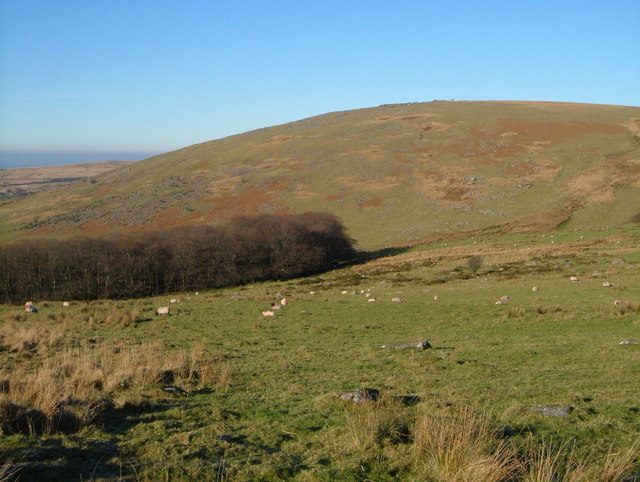
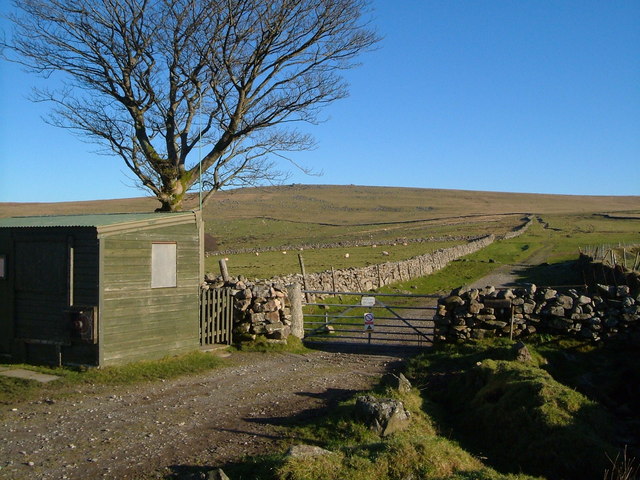
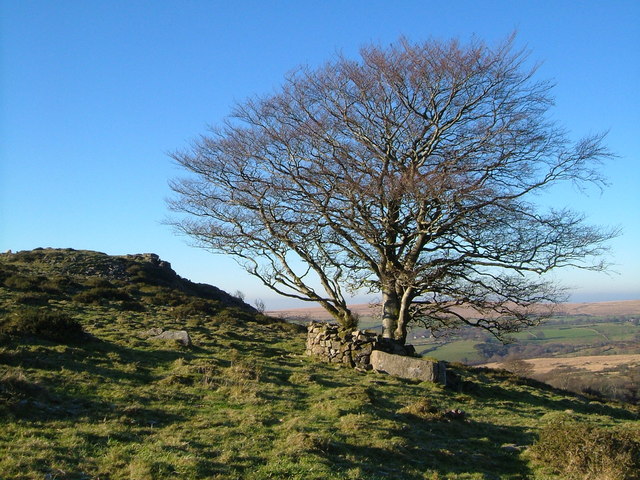
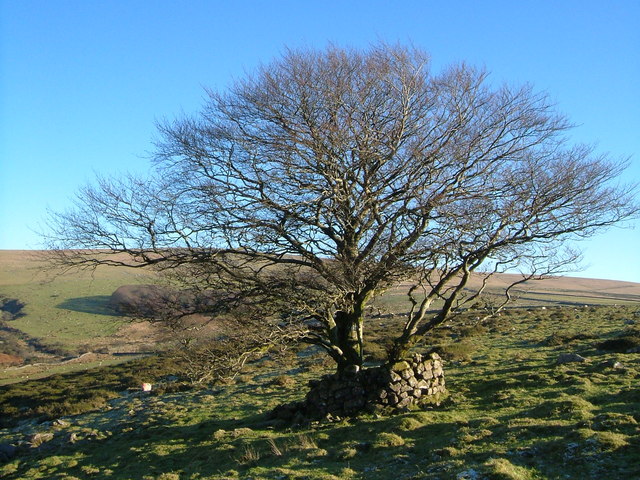
White Barrow is located at Grid Ref: SX5679 (Lat: 50.597, Lng: -4.028)
What 3 Words
///gravel.equal.educates. Near Princetown, Devon
Nearby Locations
Related Wikis
Cut Hill
Cut Hill is a hill in North Dartmoor in the southwest English county of Devon. At 603 metres high, it is the joint third highest peak in Devon and Dartmoor...
Great Mis Tor
Great Mis Tor is a hill with a rocky outcrop situated in Dartmoor. It has been called one of the grandest hills in Devon, and lies above the River Walkham...
Roman Catholic Diocese of Plymouth
The Diocese of Plymouth(Latin: Dioecesis Plymuthensis) is a Latin Church diocese of the Catholic Church in England. The episcopal see is in the city of...
Dartmoor
Dartmoor is an upland area in southern Devon, South West England. The moorland and surrounding land has been protected by National Park status since 1951...
Have you been to White Barrow?
Leave your review of White Barrow below (or comments, questions and feedback).
